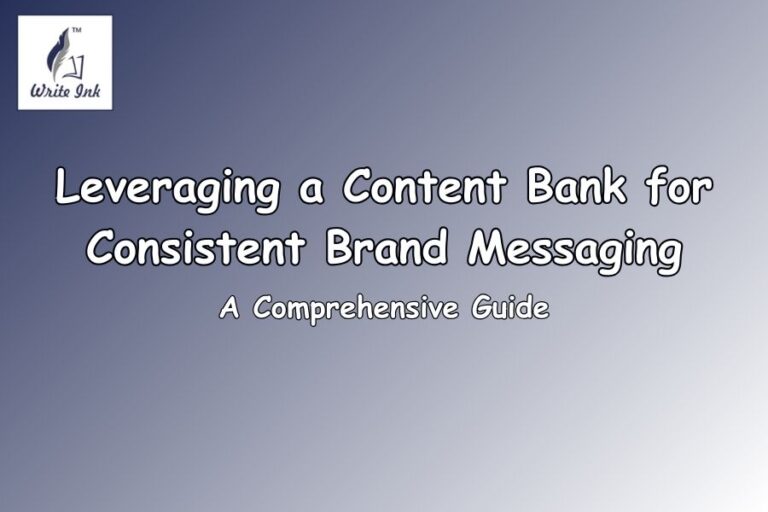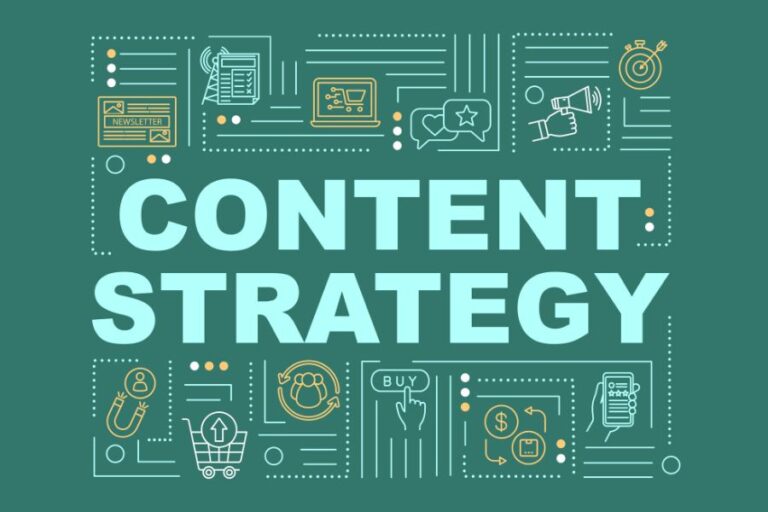Effective Content Writing Strategies for the Education Industry
Content writing on education has become increasingly significant as the education sector continues to evolve in the digital age. With more institutions, educators, and students relying on online resources, the need for high-quality, engaging, and informative educational content is greater than ever. This article explores key strategies for effective content writing in education, focusing on understanding the target audience, implementing best writing practices, and ensuring the content is both impactful and accessible.
Understanding the Target Audience

A critical component of content writing on education is understanding your audience. The education sector serves a diverse group that includes students, educators, and parents, each with distinct needs and expectations. Tailoring your content to meet these needs is essential for ensuring your content is effective and resonates with your readers.
For students, content must be engaging, clear, and relevant to their educational level. Younger students benefit from content that is visually appealing and interactive, while older students appreciate more detailed and analytical content. For instance, content aimed at high school students might delve deeper into complex topics, providing explanations and critical thinking exercises, whereas content for younger students might incorporate colorful visuals and interactive games to make learning fun.
Educators seek content that is research-based and aligns with educational standards. They require resources that can be seamlessly integrated into their teaching methods and support their curriculum. For this reason, content writing on education for educators should prioritize accuracy, reliability, and practical application. Providing well-researched articles, lesson plans, and teaching aids can significantly enhance their ability to deliver quality education.
Parents often look for content that helps them understand their children’s education better and offers practical tips to support learning at home. Content for parents should be informative, offering guidance on how to assist with homework, comprehend educational milestones, and create a conducive learning environment at home.
By understanding the specific needs of each audience segment, you can create content that not only meets their expectations but also builds a stronger connection with your readers.
Key Strategies for Effective Educational Content
Research and Accuracy
Accuracy is paramount in content writing on education. Educational content must be based on credible sources, as students and educators rely on this information to guide their learning and teaching. Thorough research is essential to ensure all information presented is accurate, up-to-date, and aligned with current educational standards.
In addition to fact-checking, presenting information in a way that is easy to understand is crucial. Complex topics should be broken down into manageable parts, and technical jargon should be minimized or clearly explained. This approach not only enhances the credibility of your content but also ensures it is accessible to a broader audience.
For example, when writing about a scientific concept, explaining it in simple terms before diving into more detailed explanations ensures that both educators and students can benefit from the content, regardless of their prior knowledge.
SEO Best Practices
Search engine optimization (SEO) is an essential aspect of content writing on education. To ensure your content reaches its intended audience, it’s crucial to incorporate SEO best practices into your writing. This starts with keyword research, where you identify relevant terms that your audience is likely to search for.
Using keywords naturally throughout your article can improve its visibility on search engines. However, it’s important not to overuse keywords, as this can negatively impact readability and SEO performance.
Optimizing meta titles, descriptions, and headers is also crucial for improving your content’s search engine ranking. These elements should be clear, descriptive, and include relevant keywords to attract both search engines and readers.
For instance, a meta title like “Effective Content Writing Strategies for the Education Industry” and a meta description that highlights key aspects of the article can help capture the attention of both search engines and potential readers.
Engaging and Interactive Content
Engagement is key in content writing on education. Educational content should not only inform but also engage the audience, encouraging active participation and deeper understanding. One effective way to achieve this is by incorporating multimedia elements such as videos, infographics, and interactive tools.
Videos can provide visual explanations of complex topics, making them easier to understand, while infographics can summarize information in a visually appealing and easy-to-digest format. Interactive content, such as quizzes and assessments, allows students to apply what they’ve learned and engage in critical thinking. These elements make the learning experience more dynamic and can significantly enhance retention and comprehension.
For educators, providing ready-to-use resources, such as downloadable worksheets, lesson plans, and discussion prompts, can be invaluable. These resources not only save time but also offer practical tools that can be directly integrated into their teaching.
The Role of Tone and Language in Educational Content

The tone and language used in content writing on education are crucial to how the content is received. Educational content should be clear, concise, and tailored to the audience’s level of understanding. When writing for younger students, the tone should be friendly and encouraging, using simple language that makes learning accessible.
For older students and educators, the tone can be more formal and authoritative, reflecting the complexity of the subject matter. However, it’s important to strike a balance between being informative and approachable. Even when discussing advanced topics, the language should remain clear and free of unnecessary jargon.
This approach not only makes the content more relatable but also ensures it is effective in conveying the intended message.
Measuring the Success of Educational Content
After publishing, it’s important to measure the success of your content writing on education. Key performance indicators (KPIs) such as page views, time spent on page, and engagement metrics (e.g., comments, shares, likes) provide insights into how well your content is performing.
Engagement metrics, in particular, are important for educational content, as they indicate how well the content resonates with the audience. High levels of engagement suggest that the content is valuable and relevant, which can lead to increased trust and credibility.
Tools like Google Analytics can help track these metrics, allowing you to make data-driven decisions for future content.
Parting Wisdom

Content writing on education plays a pivotal role in today’s digital education landscape. By understanding your audience, prioritizing research and accuracy, implementing SEO best practices, and creating engaging content, you can create educational materials that not only inform but also inspire. As the education sector continues to evolve, the demand for high-quality educational content will grow, making it essential for content writers to stay informed about the latest trends and best practices. Through these strategies, you can ensure your content not only reaches its intended audience but also makes a lasting impact.







